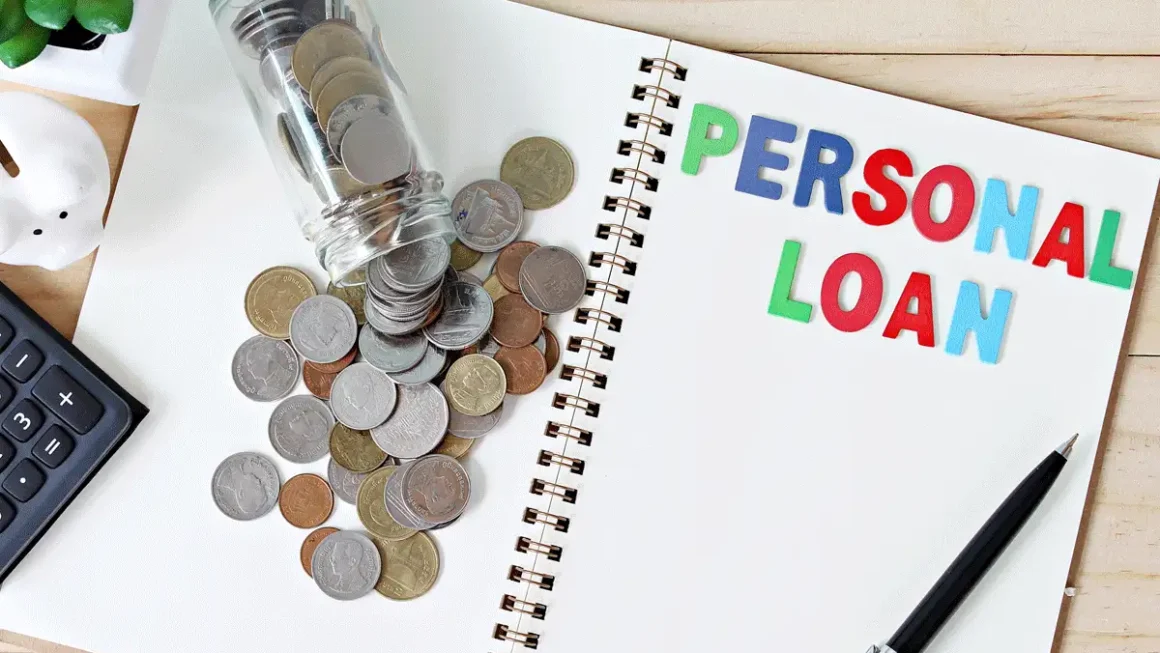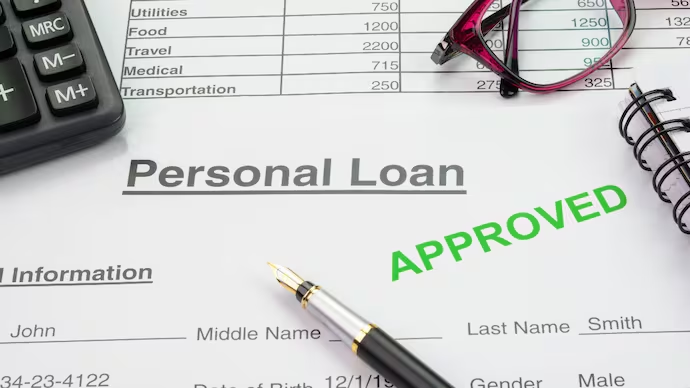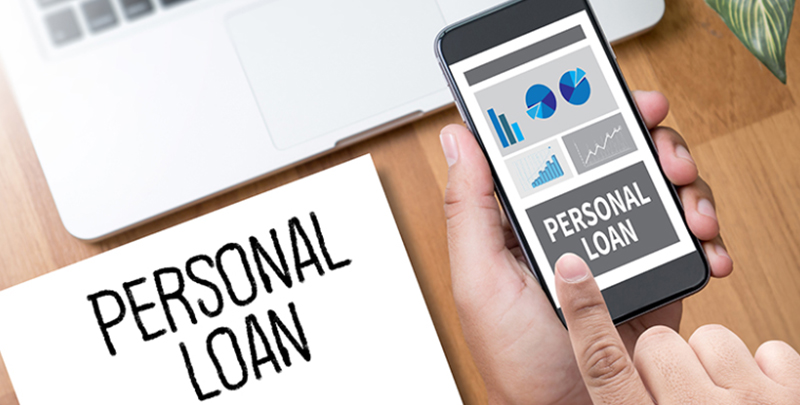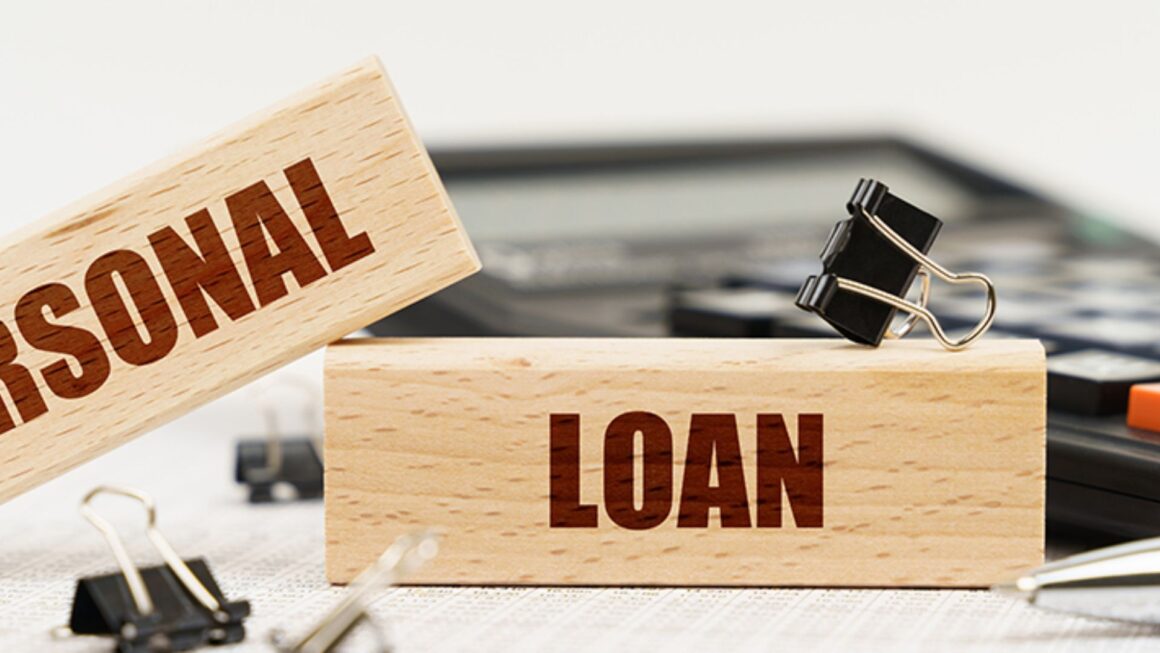Personal loans are one of the most popular ways to finance significant expenses, consolidate debt, or handle emergencies. But when you’re borrowing money, the interest rate you pay can make a huge difference in the total cost of your loan. Securing the best personal loan rates means lower monthly payments, less interest paid over time, and overall better financial health.
Finding the best personal loan rates today requires research, preparation, and smart decision-making. In this article, we’ll break down everything you need to know — from understanding how personal loan rates are determined, to tips for finding and negotiating the lowest rates possible. Plus, we’ll answer some of the most common questions about personal loan rates to help you borrow wisely.
Key Takeaways
- Your credit score is the most critical factor in determining your personal loan rate.
- Shop around and compare multiple lenders to find competitive rates.
- Use prequalification offers to check potential rates without hurting your credit.
- Understand all fees and loan terms before committing.
- Fixed rates provide stability, while variable rates can fluctuate.
- Improving your credit score can significantly lower your borrowing costs.
- Always borrow only what you need and choose repayment terms you can afford.
What Are Personal Loan Rates?
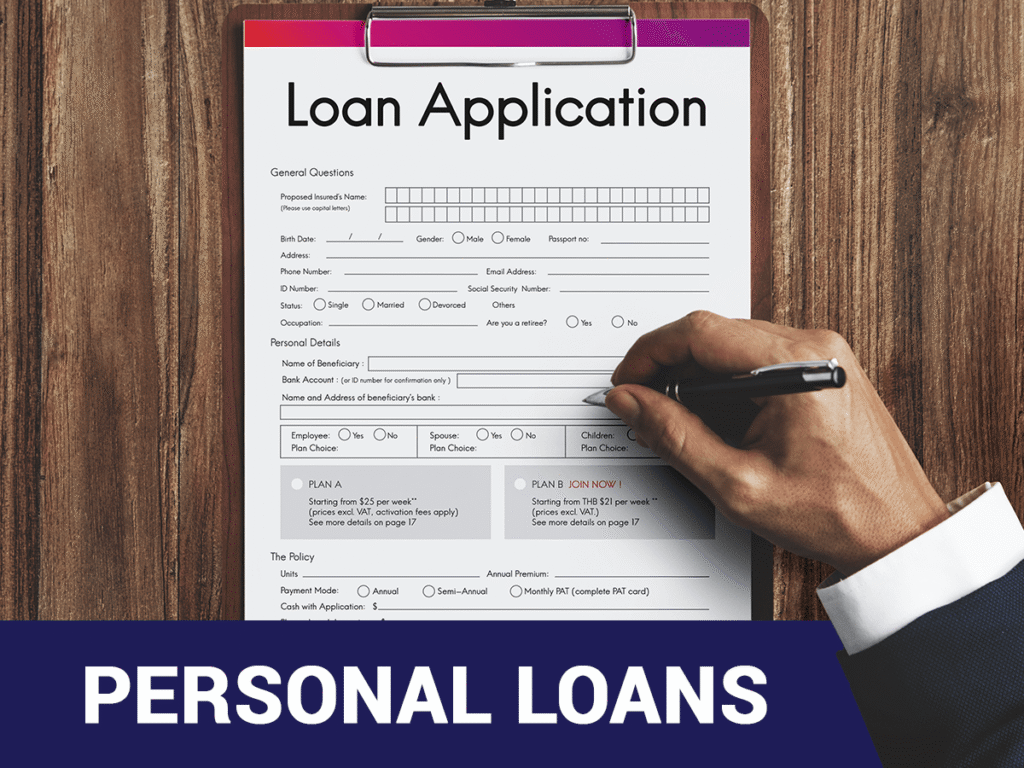
When you take out a personal loan, the interest rate determines how much you’ll pay in addition to the amount borrowed. This rate is usually expressed as an Annual Percentage Rate (APR), which includes the interest and any fees, providing a clear picture of the loan’s total cost.
Personal loan rates can vary widely, typically ranging from as low as 3% for borrowers with excellent credit to over 30% for those with poor credit or riskier profiles.
Factors That Influence Personal Loan Rates
Understanding what affects personal loan rates can help you position yourself to get the best deal. Here are the main factors:
1. Credit Score
Your credit score is the single most important factor lenders consider. Higher scores indicate a history of responsible credit use, reducing the lender’s risk and earning you lower rates.
- Excellent credit (750+): Usually qualifies for the best rates (3%–8%)
- Good credit (700–749): Moderate rates (8%–15%)
- Fair credit (650–699): Higher rates (15%–25%)
- Poor credit (below 650): Often face rates above 25%, or may be denied
2. Income and Debt-to-Income Ratio
Lenders want assurance you can repay the loan. A higher income and a lower debt-to-income ratio (DTI) improve your chances of qualifying for a low rate.
3. Loan Amount and Term
Loan size and repayment period impact rates. Larger loans or shorter terms might have lower rates because the lender recovers money faster and takes less risk.
4. Type of Lender
Banks, credit unions, and online lenders offer different rates. Credit unions often provide the lowest rates but may require membership. Online lenders might have more competitive rates and faster approvals.
5. Economic Environment
Interest rates fluctuate with market conditions and the broader economy. Central bank policies, inflation, and demand for loans all play a role.
Steps to Find the Best Personal Loan Rates Today
Now that you know what affects rates, let’s explore actionable steps to help you secure the best personal loan rates currently available.
1. Check and Improve Your Credit Score
Before you start shopping for loans, check your credit reports from the three major bureaus: Experian, Equifax, and TransUnion. Correct any errors and work on improving your credit by:
- Paying down existing debts
- Avoiding new credit inquiries
- Making all payments on time
- Keeping credit card balances low
Improving your credit by even a few points can lead to significant savings on your loan rate.
2. Determine Your Loan Needs
Clearly define how much money you need and how quickly you can repay it. Borrowing only what you need and choosing a repayment term that fits your budget can help you avoid paying unnecessary interest.
3. Compare Multiple Lenders
Don’t settle for the first offer. Check rates from:
- Traditional banks
- Credit unions
- Online lenders
- Peer-to-peer platforms
Use loan comparison websites to see multiple offers side-by-side. Many lenders allow you to prequalify with a soft credit check that won’t affect your score.
4. Understand the Fine Print
Look beyond the interest rate. Review loan terms for:
- Origination fees
- Prepayment penalties
- Late payment fees
- Other charges
A loan with a slightly higher interest rate but no fees might cost less overall.
5. Consider Loan Terms and Monthly Payments
Choose loan terms that fit your monthly budget. Shorter terms mean higher monthly payments but lower overall interest, while longer terms reduce monthly payments but increase total interest paid.
6. Negotiate or Ask for Better Rates
If you have a good credit profile, don’t hesitate to negotiate with lenders. Some may lower rates or waive fees to win your business, especially if you’re an existing customer.
7. Use Prequalification Offers
Many lenders offer prequalification that shows potential rates without impacting your credit score. Use this to shop around and find the best potential offers.
8. Consider Co-Signers
If your credit score isn’t great, having a co-signer with good credit can lower your loan rates.
Top Lenders Offering Competitive Personal Loan Rates Today
While rates vary by individual circumstances, here are some lenders known for competitive personal loan rates in 2025:
How to Use a Personal Loan Rate Calculator
Many websites and lenders provide free personal loan calculators. These tools help you estimate monthly payments and total interest based on loan amount, term, and interest rate. Using these calculators can help you:
- Compare different loan offers
- Understand the true cost of borrowing
- Determine what monthly payments fit your budget
Common Mistakes to Avoid When Searching for the Best Personal Loan Rates
Finding the best personal loan rate is essential to saving money and borrowing responsibly. However, many borrowers unknowingly make mistakes during the loan shopping process that can cost them higher interest rates, fees, or unfavorable loan terms. Avoiding these common pitfalls can help you secure the most affordable and suitable loan for your needs.
1. Not Checking Your Credit Score Before Applying
Your credit score is the primary factor lenders use to set your interest rate. Applying for loans without knowing your credit status can lead to surprises. If your credit score is lower than expected, you might qualify only for high-interest loans or face rejection.
Avoidance Tip: Always check your credit reports and scores from the three major bureaus before applying. This helps you identify and fix errors or take steps to improve your credit before you apply.
2. Applying to Multiple Lenders at Once Without Prequalification
Submitting full loan applications to several lenders can trigger multiple hard credit inquiries. This can lower your credit score temporarily and signal risk to lenders, resulting in higher rates or denials.
Avoidance Tip: Use soft credit checks or prequalification tools that don’t impact your credit score to shop around for rates before formally applying.
3. Ignoring Fees and Other Loan Costs
Many borrowers focus only on the interest rate and overlook fees such as origination fees, late payment penalties, prepayment penalties, or processing fees. These hidden costs can add up and significantly increase the overall cost of the loan.
Avoidance Tip: Always read the loan agreement carefully and calculate the Annual Percentage Rate (APR), which includes fees and interest, to understand the total cost.
4. Choosing the Longest Loan Term Without Considering Total Interest
While longer loan terms reduce your monthly payment, they increase the total interest paid over the life of the loan. This can make a loan more expensive despite a low monthly installment.
Avoidance Tip: Aim for the shortest loan term you can comfortably afford. Use loan calculators to compare total costs for different terms.
5. Overborrowing or Taking More Than You Need
Taking a larger loan than necessary increases your interest costs and monthly payments. This can strain your budget and lead to financial difficulties down the line.
Avoidance Tip: Carefully assess your financial needs and borrow only the amount required. Plan your repayment to avoid unnecessary borrowing.
6. Not Shopping Around or Comparing Multiple Offers
Accepting the first loan offer without comparing rates and terms from other lenders may mean missing out on better deals that could save you hundreds or thousands of dollars.
Avoidance Tip: Compare multiple offers using online loan marketplaces and lender websites to find the best rate and terms tailored to your credit profile.
7. Failing to Understand Fixed vs. Variable Rates
Some personal loans offer variable interest rates that can change over time, potentially increasing your monthly payments. Borrowers unfamiliar with these distinctions might be surprised when rates rise.
Avoidance Tip: Confirm whether your loan has a fixed or variable rate. Fixed rates offer stability, while variable rates might start lower but carry risk.
8. Ignoring Your Debt-to-Income Ratio (DTI)
Your DTI ratio measures how much of your monthly income goes toward debt payments. High DTI can hurt your chances of qualifying for a low-rate loan or any loan at all.
Avoidance Tip: Calculate your DTI and work on lowering it by paying down existing debts before applying for a loan.
9. Not Considering Lender Reputation and Customer Service
Sometimes borrowers choose lenders solely on interest rates, ignoring service quality and lender reliability. Poor customer service or unclear loan terms can cause headaches and delays.
Avoidance Tip: Research lender reviews, customer satisfaction ratings, and BBB scores before committing.
10. Not Reading the Fine Print
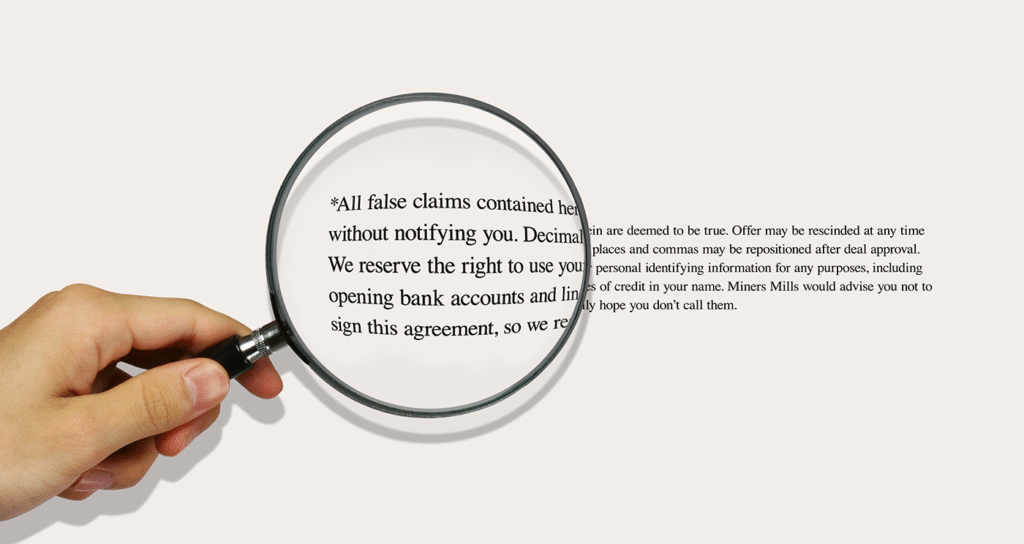
Loan agreements contain crucial information about payment schedules, penalties, fees, and terms. Skimming or ignoring the fine print can lead to surprises like unexpected fees or restrictive terms.
Avoidance Tip: Carefully read the full loan agreement and ask questions if anything is unclear. Seek professional advice if needed.
Also Read :-What Are the Best Personal Loans Available Right Now?
Conclusion
Finding the best personal loan rates today involves understanding what affects your rate, preparing your financial profile, and shopping around carefully. By taking the time to check your credit, comparing multiple lenders, and reading the fine print, you can secure a personal loan with terms that help you save money and meet your financial goals.
Remember, the lowest rate isn’t always the best loan — consider fees, loan terms, and lender reputation to find the right fit.
FAQs
1. What is a good personal loan rate today?
A good personal loan rate varies but generally falls between 5% and 10% APR for borrowers with excellent credit.
2. How much can my credit score affect my loan rate?
Your credit score can dramatically affect your rate; higher scores typically qualify for the lowest rates.
3. Can I negotiate my personal loan rate?
Yes, especially if you have good credit or an existing relationship with the lender.
4. Do personal loans have variable interest rates?
Most personal loans have fixed rates, but some lenders offer variable rates. Fixed rates provide payment stability.
5. Are personal loan rates tax-deductible?
Typically, personal loan interest is not tax-deductible unless the loan is used for business or investment purposes.
6. How do fees affect my effective loan rate?
Fees increase the effective APR, so a loan with a low stated rate but high fees might cost more overall.
7. How often do personal loan rates change?
Rates fluctuate based on economic factors, lender policies, and your credit profile but can change frequently.
